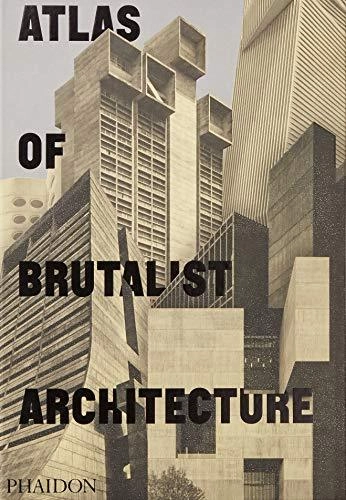I love putting together lists of original manifesto-like statements by architects perpetually searching for breaking new ground. They provoke us to imagine possibilities we haven't dared to consider before. Questioning conventions should be a critic's primary objective to engage in a conversation with a creative. Otherwise, what is there to discuss, really? That's why speaking with Elizabeth Diller about her studio's work and intentions is like a breath of fresh air, especially nowadays when so many architects are happy to align themselves in pursuing what's expected. In one of our previous conversations, Diller put it bluntly: "We don't take professional boundaries seriously. Every time we are handed a program, we tear it apart and continuously ask new questions. Nothing is fixed." This time, we spoke about Diller Scofidio + Renfro's new monograph, "Architecture, Not Architecture." The book, a project in itself, aims to rethink the very limits of architecture. It reinvents what a book can be in the process. During our 1-1/2-hour discussion over Zoom, which I prefer for its frontal dual recording, she said eagerly, "We were always critiquing; we were always throwing grenades at things."
Phaidon: The Latest Architecture and News
"We Were Always Critiquing, We Were Always Throwing Grenades at Things:" In Conversation with Elizabeth Diller
Atlas of Brutalist Architecture

This is the only book to thoroughly document the world's finest examples of Brutalist architecture. More than 850 buildings - existing and demolished, classic and contemporary - are organized geographically into nine continental regions.
878 Buildings, 798 Architects, 102 Countries, 9 World Regions, 1 Style BRUTALISM. Presented in an oversized format with a specially bound case with three-dimensional finishes, 1000 beautiful duotone photographs throughout bring the graphic strength, emotional power, and compelling architectural presence of Brutalism to life.
From Marcel Breuer to Oscar Neimeyer and David Chipperfield to Zaha Hadid, this volume includes works by both classic and contemporary architects.
Le Corbusier: Ideas and Forms

Marking the 50th anniversary of Le Corbusier's death, Phaidon recently released a second edition of William J R Curtis' seminal book, "Le Corbusier: Ideas and Forms." Following in the footsteps of the first edition published in 1986, the book reveals Le Corbusier's works through over 500 images and incisive analysis. The context within which the book will be received is of course very different compared to that of 1986; in the following text, the author explains how Le Corbusier's legacy has changed in the intervening years, but also why the book is needed just as much now as it was back then.
From the Preface to the Second Edition of Le Corbusier: Ideas and Forms:
When the first edition of this book was written Le Corbusier had been dead only twenty years. His reputation was in temporary eclipse. Demonized by post-modernist foes and over-simplified by neo-modernist friends, he risked becoming a caricature. At the time it was necessary to rescue him from transient perceptions and to place him in a longer and broader historical perspective. While focusing upon individual works I attempted to reveal Le Corbusier’s recurrent themes, basic types and guiding principles. His architecture was placed in the context of his larger social and cultural projects and related to his general conceptions of society, history and nature. The first edition closed with the declaration: ‘Le Corbusier is himself part of tradition and has even altered the perspective on the distant past. As he slips further into history, his modernity matters less and less: it is the timeless levels in his art which have most to give to the future.’







